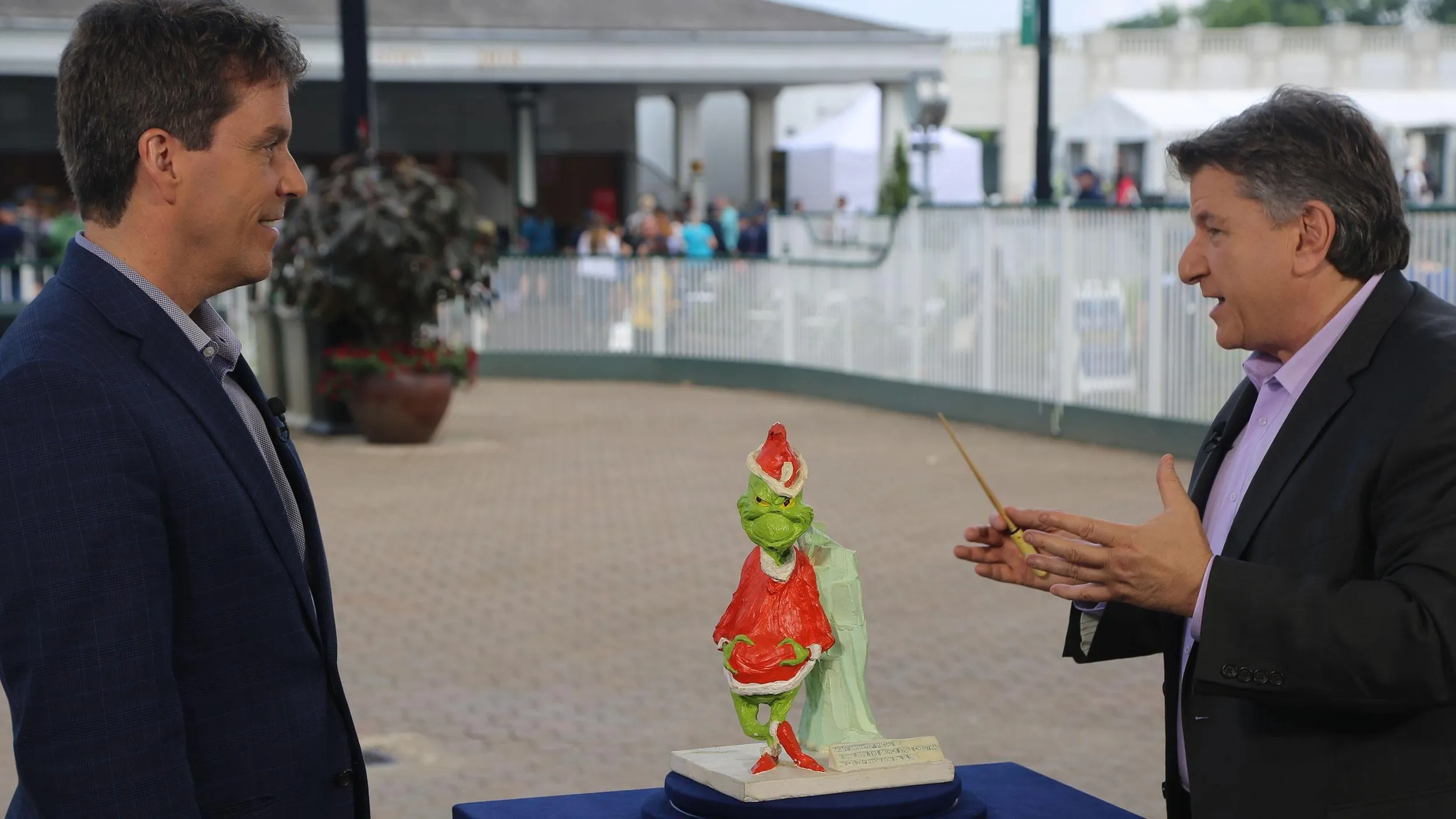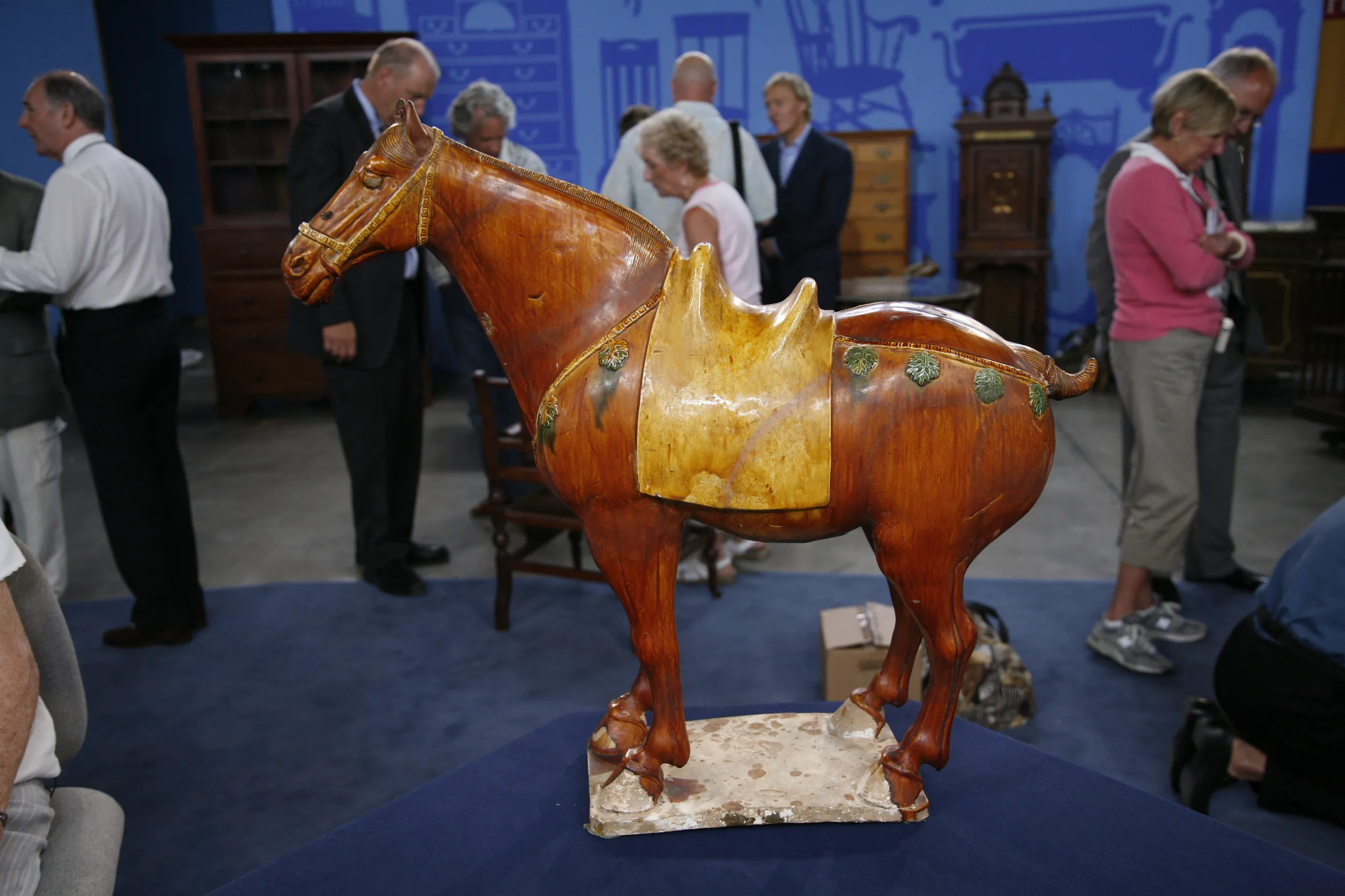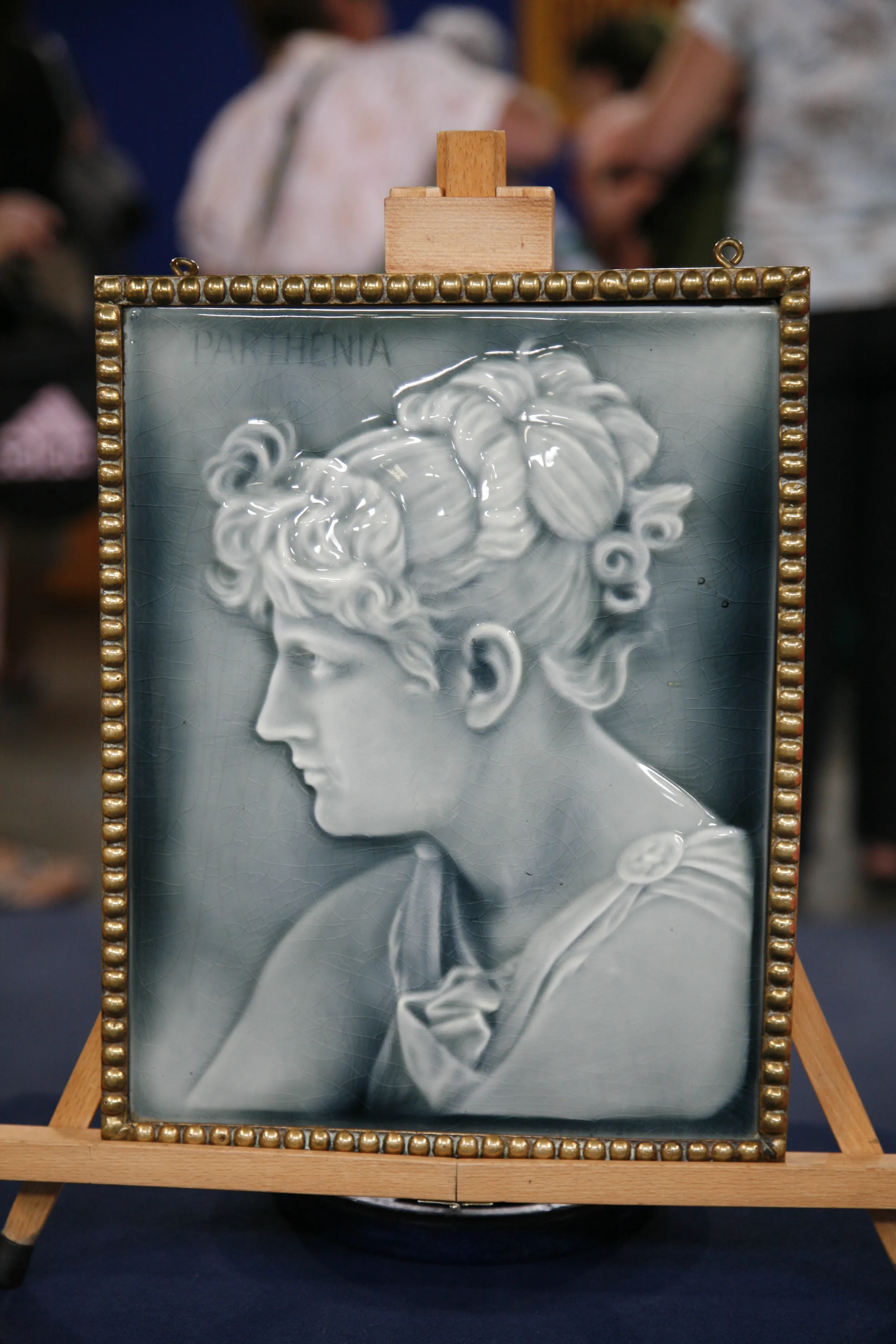GUEST: My mother and dad were living along the Ohio River in 1937 when the flood occurred. They were in their 30s. They decided to just go to New York City and have an adventure and go to some Broadway shows, instead of cleaning up after the flood. And while they were there, they purchased this vase. And when I was going to live alone and be single and live a life like Mary Tyler Moore, my mother gave me this vase. And I've had it for about 40 years.
APPRAISER: When the Chinese Qing Dynasty fell in 1911, a new government emerged, which was called the Republic. And that lasted from 1912 to 1949. A lot of the people who were working, creating items for the imperial household, started working for private companies, and would make objects that would have honorific marks. And this mark underneath here is for a mark from the Ch'ien-lung period, which is around 1735 to 1796.
GUEST: Mm-hmm.
APPRAISER: But this actually dates from the Republic period, so it's not meant to fool anyone.
GUEST: Okay.
APPRAISER: It's meant to say, "The quality of this is superb." They were creating objects that would show, "We have a stable government, a new government, we're on a good track, and start out on a path to prosperity for most of the people." And the thing that emerged that knocked it off track was World War II. That was one of the reasons that it all ended in 1949. Now, this kind of ware was ignored for a long time in China, because it's fairly recent. When your parents bought it, they probably paid about $30 for it, which was a fair amount in 1937. 20 years ago, this would have sold at auction for maybe $200 to $300, but today people in China are collecting this, and it's a budding area of interest. So at auction, this would sell in the range of $5,000 to $8,000.
GUEST: My goodness, that's quite a... That's quite a return on that investment. I loved it, and I will continue to love it-- even more, perhaps.













